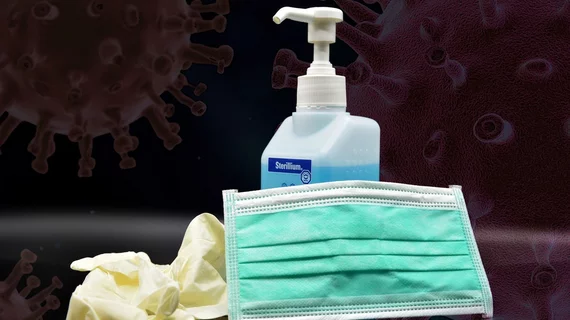More than half a year into COVID crisis, PPE was still scarce at many nursing homes
An analysis of data submitted to CMS by around 15,000 U.S. nursing homes has found 226,500 residents were at heightened risk for contracting COVID-19 in August.
The nature of the danger: low or no PPE.
Also, that same month—seven months into the nation’s COVID learning curve—20 states had at least one-fifth of their nursing homes out of, or critically low on, N95 masks.
And 26 states had at least 10% of their nursing homes running out of protective gowns.
The analysis was conducted by the U.S. Public Interest Research Group (PIRG) Education Fund and Frontier Group (both of which are part of the Public Interest Network).
In the team’s report, authors Teresa Murray and Jamie Friedman advocate for several policy actions to address the PPE shortages. These include pushing the federal government to deploy the full force of the Defense Product Act; getting Congress to legislate for streamlining PPE-related supply chains; and supporting multi-state consortiums that would work to stabilize prices by cooling locally heated competition among suppliers selling PPE, tests and equipment.
“It’s unconscionable that the United States is dealing with severe PPE shortages at this point in the pandemic. It’s affecting everyone, including hospitals, businesses and schools,” Murray, whose role with U.S. PIRG Education Fund is consumer watchdog, says in prepared remarks.
“Among all of the gut-wrenching findings, I’m most shocked that the number of nursing homes out of PPE actually tripled between July and August,” Murray adds. “We can and must do better.”
For a PDF of the full report, click here.

